Category: Proximity Marketing

- Date: June 23, 2025
Developed by Pigeon-Tech: The Freedom Journey App Brings America’s Underground...
Pigeon-Tech is honored to unveil the Freedom Journey App, an immersive digital experience developed in partnership with America’s River Roots, as part of the official...

- Date: June 20, 2025
America250: Make Every Celebration Count with Smart, Interactive Solutions!
If you’re organizing an event for America’s 250th anniversary, you know the challenge: how do you make history come alive for everyone—locals, visitors, and sponsors...

- Date: June 18, 2025
Advance Your Facility: ARPA Grants for Zoos and Aquariums.
The American Rescue Plan Act (ARPA) is not just another government program—it’s a lifeline and a launchpad for your institution. Through ARPA, unprecedented funding is...

- Date: June 9, 2025
Transform Every Visit with AI: The Future of Museums &...
The best attractions don’t just inform—they transform. With AI, every guest becomes the hero of their own adventure Imagine this:A family enters your museum, zoo,...

- Date: June 6, 2025
The Amazing New Way to Turn Every Visit Into an...
Imagine this: A family walks into your attraction. The kids are bouncing with excitement, and the parents are all curious and ready to explore. But...

- Date: May 19, 2025
AAM 2025 Highlights Museums as Tech-Driven, Trusted Institutions
How AAM 2025 Reinforced Museums as Tech-Ready, Trusted Institutions From May 6–9, Los Angeles became the epicenter of cultural innovation as over 4,000 museum professionals,...

- Date: April 14, 2025
Rethinking In-House App Development for Attractions: Why Pigeon Suite is...
As museums, zoos, aquariums, and theme parks continue to enhance their visitor experiences, many are considering the development of custom in-house apps. A well-designed app...

- Date: March 27, 2025
2025: The Year of Immersive Experiences in Attractions
As we enter 2025, attractions are pushing the boundaries of technology to create unforgettable experiences. From AI-driven interactions to futuristic travel, the industry is evolving...
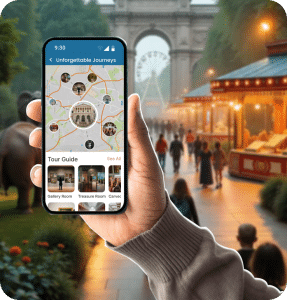
- Date: March 18, 2025
How to Evaluate Mobile App Solutions for Your Theme Park,...
Discover exactly what to look for in a new technology partner, so you can make your purchase with confidence. Mobile apps have become an essential...

- Date: March 14, 2025
Unlocking Attractions: Insights from the Experience Economy
As we navigate the evolving landscape of the attractions industry, understanding the Experience Economy is crucial. B. Joseph Pine II and James H. Gilmore’s seminal...
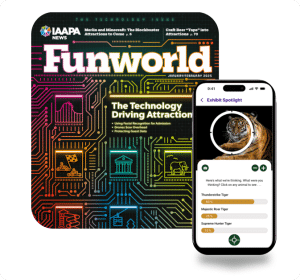
- Date: February 25, 2025
Pigeon Suite’s “Animal or Exhibit Spotlight”: Enhancing Visitor Experiences in...
In today’s experience-driven world, Zoos, Aquariums, and Museums are constantly seeking innovative ways to captivate visitors and create lasting memories. Pigeon Tech’s “Animal Spotlight or...

- Date: July 2, 2024
Tech Transforms Zoos: From Fun to Conservation Action!
Zoos are no longer just about popcorn and selfies with penguins. Technology is revolutionizing how zoos educate visitors about the natural world, inspiring them to...

- Date: April 29, 2024
Transforming Small Museums with Digital Strategies: Why It’s Time to...
To all small museum directors, the question looms large: In a digital-first world, can we afford to overlook a digital strategy? Alejandra Garcia Bittar’s enlightening...

- Date: April 29, 2024
Elevate Your Golf facility with Pigeon-Tech
Introducing the latest innovation from Pigeon-Tech: a Golf Scoring App poised to revolutionize your golfing experience, whether you’re on the outdoor course or in the...
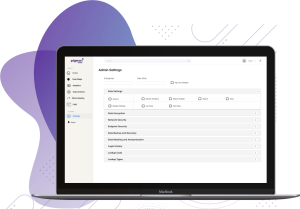
- Date: December 22, 2023
Data, Automation, and the Guest Experience: Navigating Challenges with Innovation...
In the dynamic world of visitor attractions, the fusion of data, automation, and technology stands as a beacon of progress, transforming challenges into opportunities. This...

- Date: December 6, 2023
Personalization and Data Analytics: Revolutionizing Guest Experiences in Hospitality
Explore how data analytics is transforming the hospitality industry by enabling personalized guest experiences. Dive into our insights on data collection, room customization, and tailored...

- Date: October 17, 2023
Unlocking the Potential of Zoos and Aquariums: Steps for Success
Discover simple ways zoos and aquariums can do better. Learn about teaming up with governments and getting funds to help their community and economy.

- Date: September 1, 2023
Top Technology Trends in the Attractions Industry – 2023
The trend of gamification or interactivity is making significant waves in the attractions industry's technological landscape. Theme parks are progressively integrating innovative technologies like augmented...
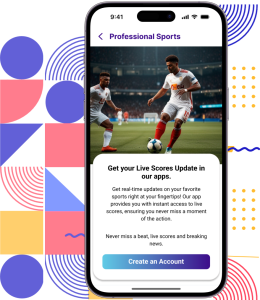
- Date: June 14, 2023
What is fan engagement in sports? How does it benefit...
Encouraging fans to simply attend sporting events and games is no longer sufficient; now, fan engagement requires an active effort to involve supporters in all...
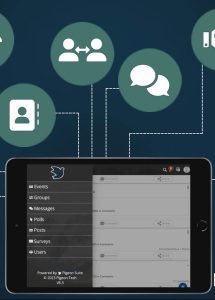
- Date: February 22, 2023
Fan-Driven Deals Could Be the Next Wave in Name, Image,...
The NCAA's recent amendment to the Name, Image, and Likeness regulation has opened up opportunities for college athletes to benefit from their name, image, and...
